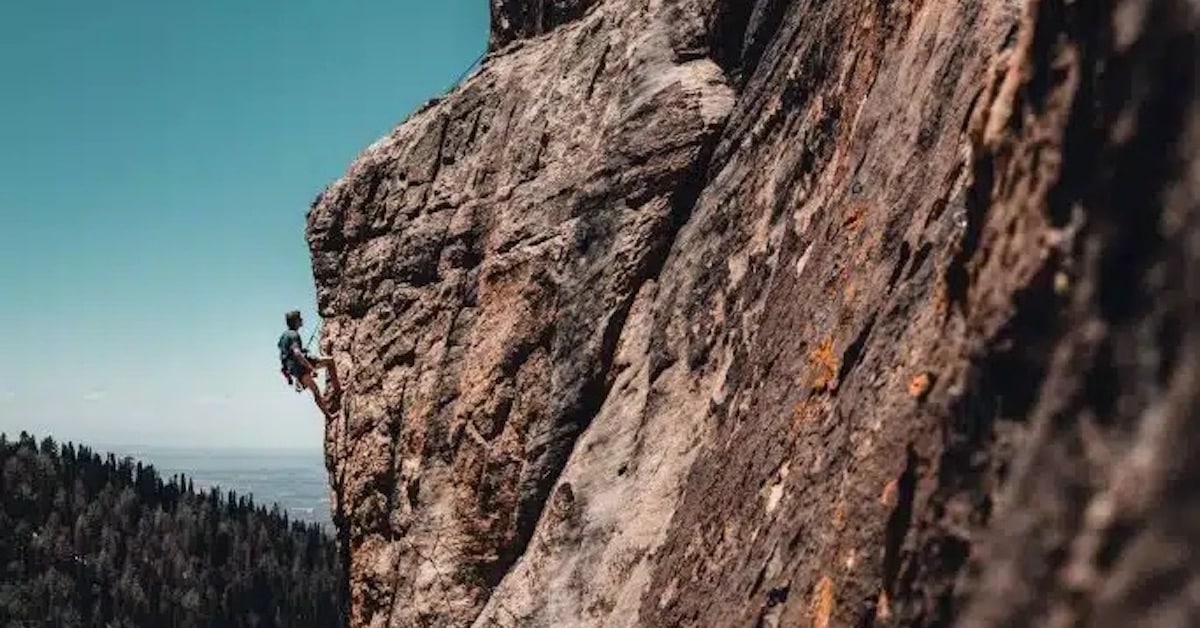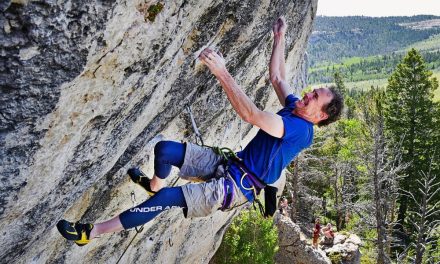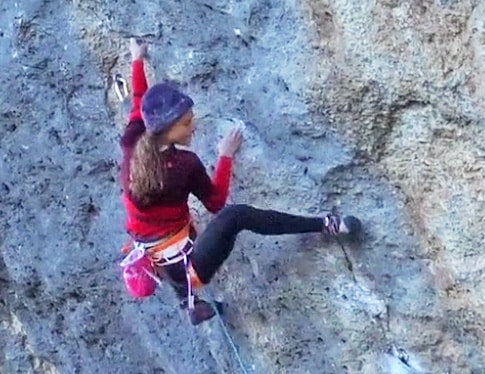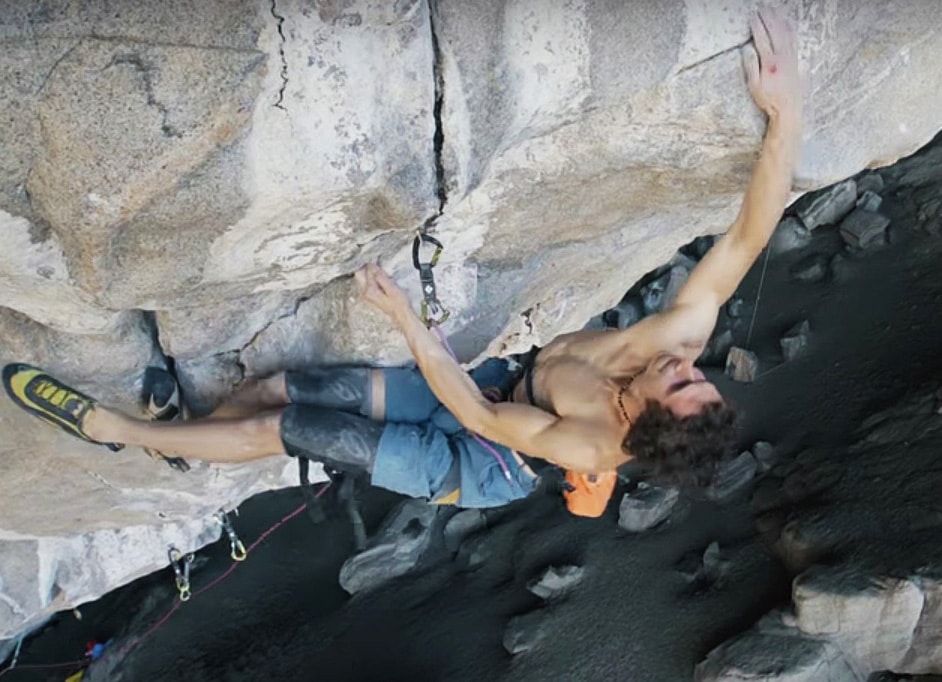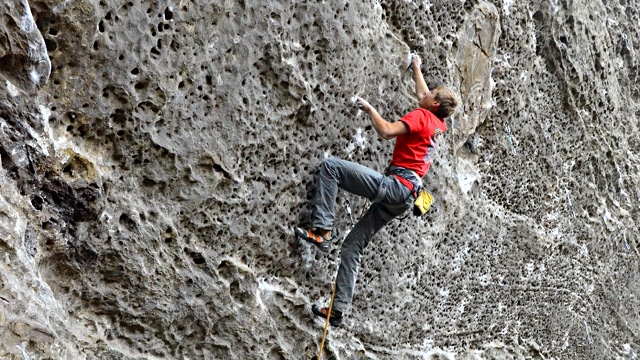Your warm-up doesn’t end the second you pull onto the wall. Learn how to make the most of your warm-up climbs in order to perform your best that day and keep improving for the future.
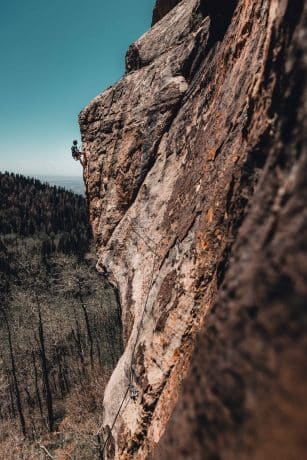
Use your warm-up climbs to both prepare for the day and improve for the future. Photo by Alex Haraus.
You already know the importance of a solid warm-up routine. For climbers who intend to push their physical and mental limits on the wall that day, warming up well off the wall prepares the body and mind for what’s in store. No one likes a rude awakening.
But that warm-up doesn’t stop when you get on the wall. Treat those first few climbs as an extension of your warm-up on the ground. Give yourself that time to ease into the day’s intentions. Each warm-up climb gets you closer and closer to peak activation levels, until you’re fully ready to fire it up at your limit.
It follows, then, that your warm-up climbs should carry weight of their own. Picking routes at random and getting flash-pumped (or maybe worse—not pumped at all) won’t bring much value to either your projecting process or your growth as a climber.
Stop logging “junk miles” and make every climb count from the moment you pull onto the rock. These strategies for making the most of your warm-up climbs will help infuse a little targeted training into your first few routes, on top of getting your body and mind ready to pull out all the stops when it’s finally time to hop on the proj.
Work Your Weaknesses
Warm-up climbs shouldn’t tax you much at all. They’re your chance to start from zero on the ground and work your way up. But don’t mistake lack of challenge for lack of effort. Given their relative ease, warm-up climbs make great opportunities to practice some of your weaker skills. The energy you save by not having to decipher complex beta or navigate tough cruxes can go toward dialing in aspects of your technique that might slip to the wayside on harder climbs, where you’re more focused on simply staying on route than anything else.
Pick one technique that lags behind your overall skill set, and use your warm-up climbs to help bring it up to speed. Footwork, for example, is a common one amongst climbers. Zone in on your feet and use a drill (like target practice) to structure your climb. Dedicate your climb to placing your feet as delicately and accurately as possible. Or, if you struggle with revving the engine, make each move on your warm-up climb powerful and dynamic—even if the climb doesn’t warrant it on its own. A major benefit of climbing below your limit is the ability to make the climb what you need it to be since you’re not constrained by hyper-specific beta or discomfort on the terrain.
Over time, these climbs add up to hours of practice. By putting those hours toward working on your weaknesses, you’re turning what could easily be a mindless routine into a valuable training opportunity.
Take The Whip
But a lot of the time, it’s not actually a lack of physical ability that holds climbers back when the time to go for the redpoint comes around. It’s the fear of failing and falling that gets in the way. If you’re too afraid of falling to try hard enough that you might fall, you’re essentially denying yourself the chance to brush up against your ultimate potential.
So go on—take the whip. Making the intentional decision to fall on your warm-up climb puts the agency back in your hands. You’re in control. You can choose to experience the fall, rather than feeling as if it’s forced upon you on harder climbs. Practice falls also prime the mind for the sensation of falling so it doesn’t pose as much of a threat later on. They eliminate the intimidation factor. Get the fear out of your system now so you can venture confidently into more challenging terrain later in the day.
Parrot Your Project
Imitation is the sincerest form of flattery. Give your project the respect it deserves! Seek out warm-up climbs that mimic the style of the limit climbs you’re working up to. Don’t expect slab to get you psyched for your cave project (or vice versa). Climbs that replicate the angles, textures, grips and lengths of your projects will carry over best. Consider mental factors like runouts and fall zones too. Aim to find easier versions of the day’s top-tier objectives. You’ll build confidence on similar terrain, and wake up the muscles that you’ll need on full art soon enough.
Warm-up climbs may not demand as much energy, but they still deserve your undivided attention. Use them wisely and they’ll reward you in kind.
Related Articles:
- Finger Warm-Ups for Better Climbing
- The Perfect Warm-Up Protocol for Optimal Training and Sending
- 3 Tips for Off-the-Wall Cross-Training
- Tips for an Effective First Effort on a Climbing Project
- Recharge Your Climbing Batteries for Energy and Improvement
Copyright © 2000–2023 Lucie Hanes & Eric J. Hörst | All Rights Reserved.

